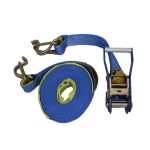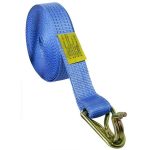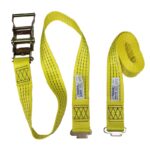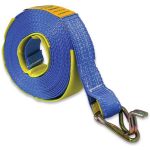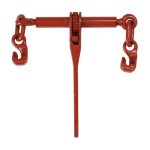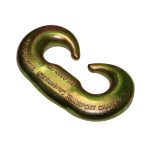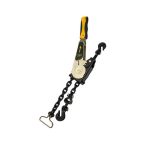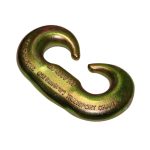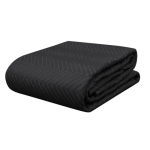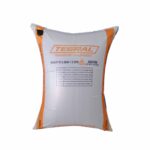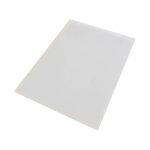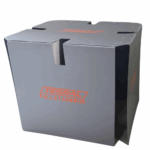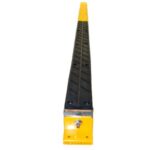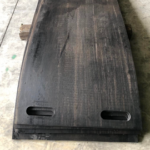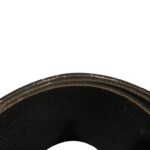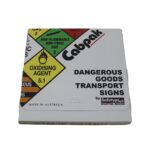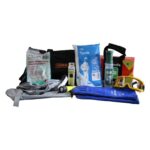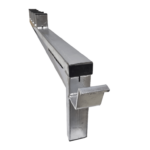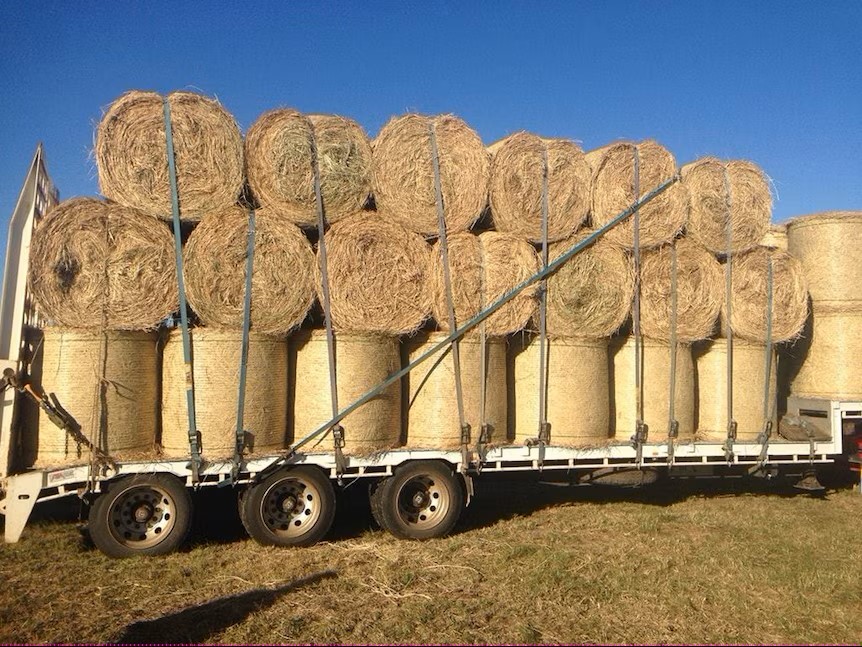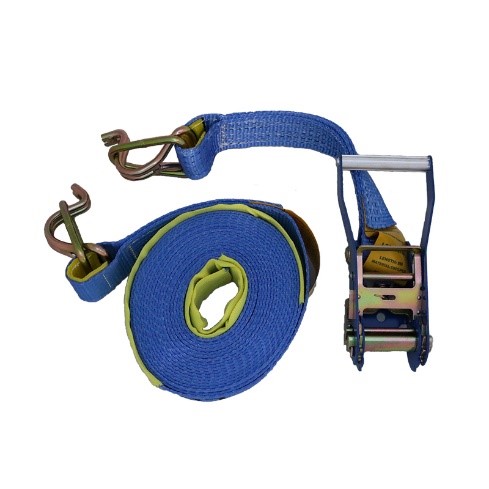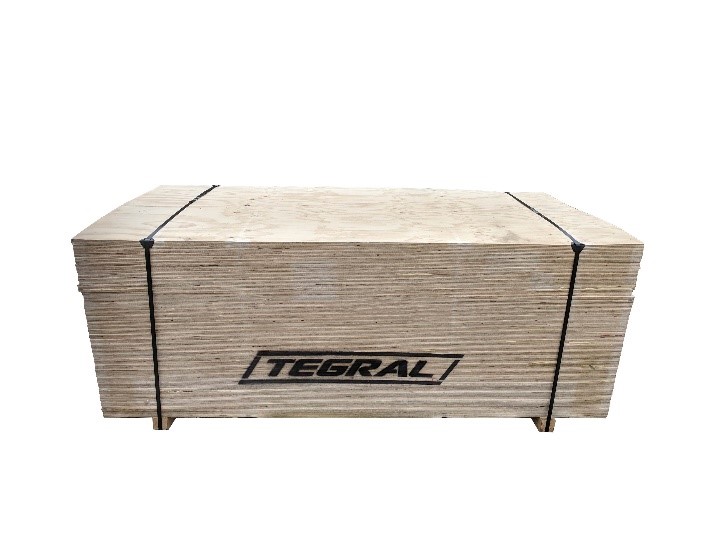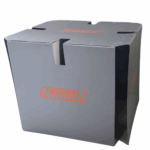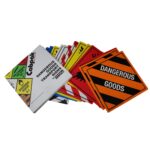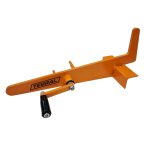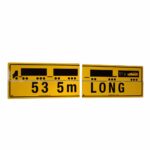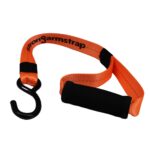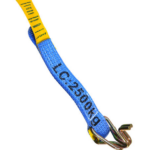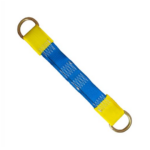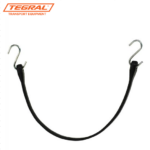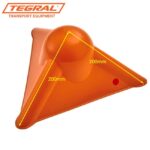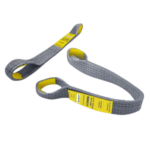Transporting loads safely is an art that requires precision, knowledge, and adherence to safety guidelines. In this article, we will delve into the intricacies of restraining bales, bags, and sacks, which include a variety of materials such as wool, cotton, wood pulp, hay, cement, compound mix, and sand.
General Tips for All Loads
When it comes to restraining loads, containment is your best friend. It’s recommended to use containment wherever possible to restrain loads of bales, bags, or sacks. However, these loads are often slippery (low friction) and can be difficult to restrain using tie-down alone. In such cases, use tie-down in conjunction with blocking or unitising.
Remember to check lashing tensions regularly when using tie-down to ensure tension is maintained, particularly as the load settles.
Bales: Wool, Cotton, Wood Pulp, and Hay
Bales can be restrained by containment or using blocking and/or tie-down. Containment surfaces must be suitably engineered to restrain the freight type. If you’re using blocking and/or tie-down, use forward and rearward blocking surfaces that are suitably engineered and rated to restrain the load.
For loads of three or more abreast bales, block in the forward and rearward directions. Tie-down of bales loaded three abreast may not provide sufficient clamping to the centre bale if tie-down is used on its own.
High loads reduce vehicle stability and can cause vehicle rollover. To mitigate this, split tall loads into two parts and restrain separately to provide additional rigidity. Load and restrain the first half before loading the second half on top.

Source: (NHVR 2022)
Bags and Sacks: Cement, Compound Mix, and Sand
Containment is also a great method for restraining loose bags and sacks. Transport bags and sacks unitised on pallets wherever possible.
Do not exceed the maximum allowable load width or height at any time. Tall loads may lean outwards at the top if tie-down is only used over the top of the load. The load width and height may change after the load settles, pushing the load beyond the maximum allowable width.
Alternatively, unitise loose bags and sacks by placing them in stillages. Rearrange the load to provide clamping to all items for loads where containment or unitisation is not possible.
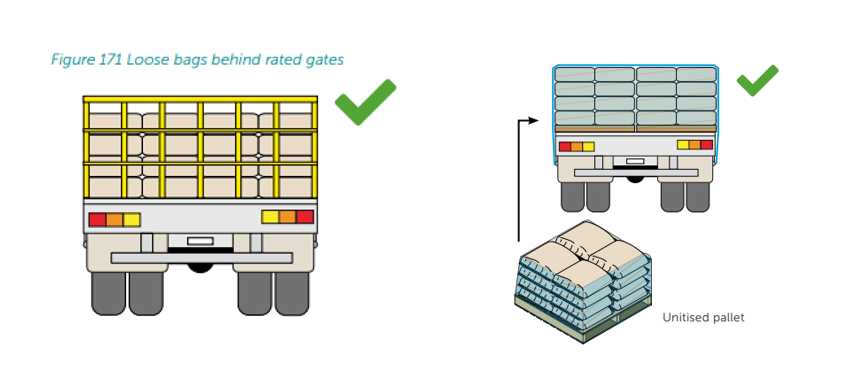
Source (NHVR 2018)
Conclusion
The guidelines set out in this blog post are intended to be used as a guide only. You can restrain using other methods. It is recommended that an engineer certifies alternative methods. For more information on restraint equipment and to work out how many lashings to use, refer to the technical advice and worked examples Load Restraint Guide.
Remember, safety is paramount. Always adhere to the guidelines and ensure your loads are properly restrained before hitting the road. Happy transporting!




